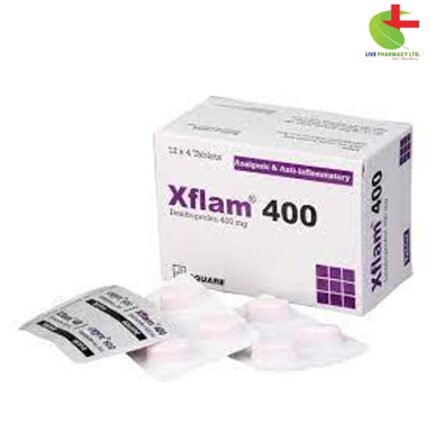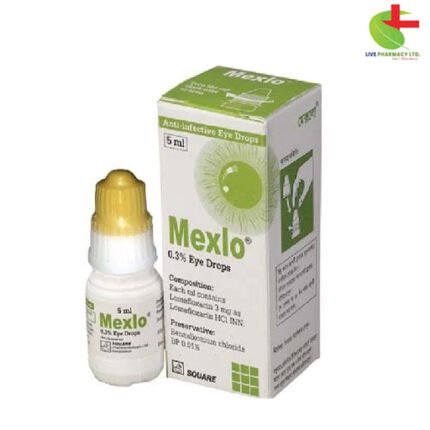Sedil 5
13.80৳ Strip
- Discover Sedil, a trusted solution for managing mild to moderate anxiety and agitation.
- This benzodiazepine derivative offers safe tranquility with anxiolytic, anticonvulsant, and muscle relaxant properties.
- Rapid absorption and versatile administration make Sedil ideal for acute alcohol withdrawal and preoperative sedation.
- Trust Sedil for a calm, controlled approach to well-being.
 Brand
Brand
|
Square Pharmaceuticals PLC |
|---|---|
 Generics
Generics
|
Diazepam |
Indications
Sedil serves as a solution for managing mild to moderate anxiety, excitation, agitation, fear, and aggressiveness, among other conditions. It is particularly effective for anxiety reactions stemming from stressful situations, anxiety states with physical manifestations, acute alcohol withdrawal, status epilepticus, preoperative sedation, febrile convulsions, and insomnia in hospitalized patients.
Description
Sedil, a benzodiazepine derivative, acts as a secure tranquillizer with anxiolytic, anticonvulsant, and central muscle relaxant properties. Its intravenous form is widely utilized in obstetrics and to control status epilepticus.
Pharmacology
Diazepam, the active component in Sedil, binds to specific sites on the GABA receptor, enhancing the effects of GABA by facilitating the opening of chloride ion channels within cells.
Upon oral administration, diazepam is rapidly and completely absorbed, with peak plasma concentration achieved within 15-90 minutes. It boasts a mean plasma half-life of 30 hours and exhibits high plasma protein binding (98-99%). Metabolism primarily occurs in the liver, with minimal unchanged drug excreted in urine. A small portion of metabolites is eliminated via bile into the intestine and excreted in feces. Rectal administration in suppository form results in significant absorption, with peak concentration reached within 1.5-2 hours.
Dosage & Administration
Oral:
- Anxiety: Initiate at 2 mg thrice daily, adjusting to 15-30 mg daily in divided doses if necessary. Elderly or debilitated patients should receive half the adult dose.
- Anxiety-associated insomnia: Administer 5-15 mg at bedtime.
- Night terrors and somnambulism in children: 1-5 mg at bedtime.
IM/slow IV injection (large vein, rate below 5 mg/minute):
- For severe acute anxiety, control of acute panic attacks, and acute alcohol withdrawal: Initiate with 10 mg, repeat if necessary after a minimum of 4 hours.
- Febrile convulsions in children: Administer slow IV at a dose of 250 mcg/kg.
Rectal:
- For children: Administer a dose of 500 mcg/kg (maximum 10 mg), repeat if necessary.
Interaction
Avoid concurrent alcohol intake. Enhanced sedation may occur with neuroleptics, hypnotics, sedative antihistamines, and CNS depressants like general anesthetics, narcotic analgesics, or antidepressants. Sedil clearance is affected by concomitant administration of phenobarbitone and cimetidine. Omeprazole and isoniazid inhibit Sedil metabolism.
Contraindications
Diazepam is contraindicated in myasthenia gravis, pulmonary insufficiency, respiratory depression, and hypersensitivity to benzodiazepines.
Side Effects
Sedil is generally well tolerated. Higher doses may lead to somnolence, dizziness, lightheadedness, confusion, and ataxia.
Pregnancy & Lactation
Due to the potential transfer of diazepam and its active metabolites across the placenta and into breast milk, its use should be avoided during pregnancy and lactation. It falls under US FDA pregnancy category D.
Precautions & Warnings
Prolonged use and abrupt withdrawal should be avoided. Exercise caution in patients with respiratory disease, muscle weakness, history of substance abuse, or hepatic/renal impairment.
Overdose Effects
Symptoms of overdose may include sedation, muscle weakness, profound sleep, or paradoxical excitation. Severe cases may involve ataxia, hypotonia, hypotension, respiratory depression, and rarely, coma or death.
Therapeutic Class
Sedil belongs to the therapeutic classes of benzodiazepine sedatives, centrally acting skeletal muscle relaxants, and primary antiepileptic drugs.
Storage Conditions
Store Sedil in a cool (below 25°C) and dry place, shielded from light.













Reviews
There are no reviews yet.